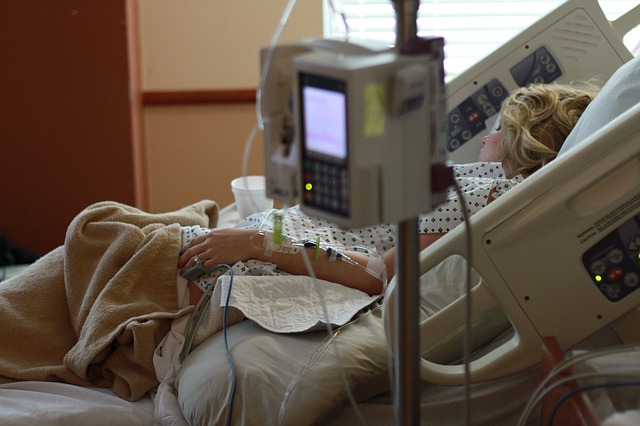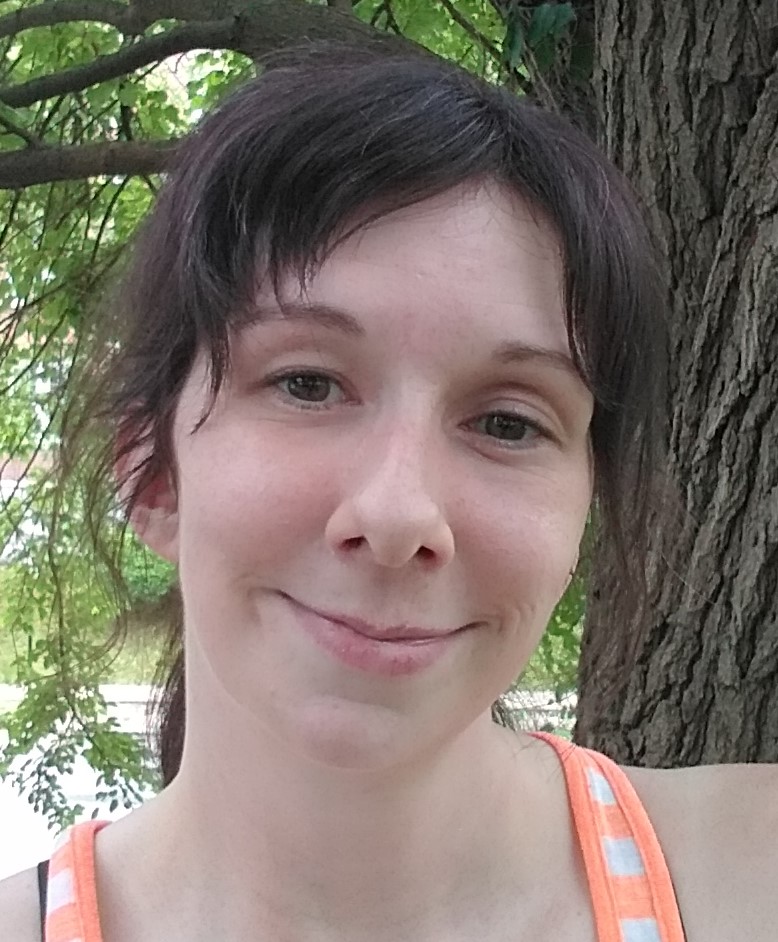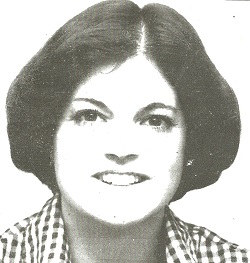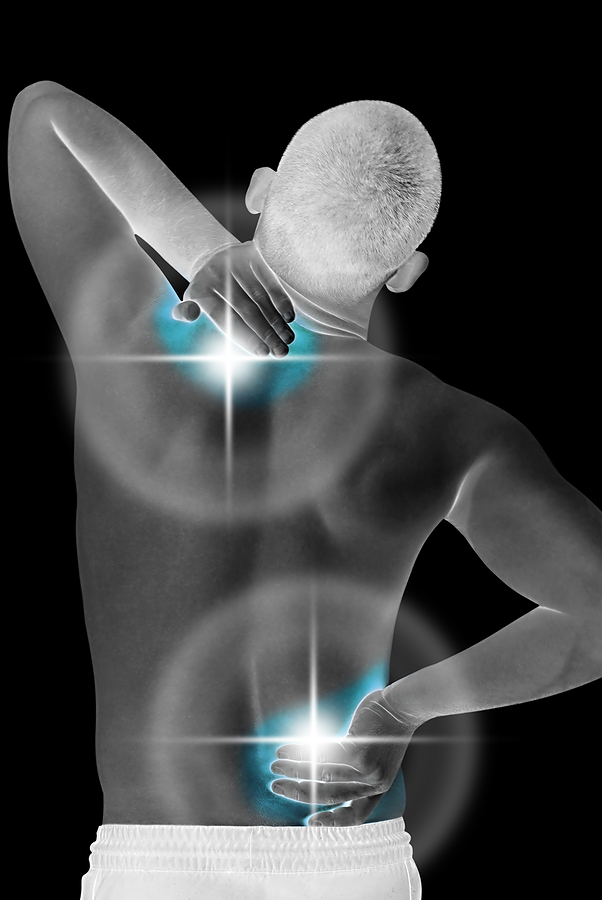Why Stem Cell Critics Are Wrong
/By A. Rahman Ford, PNN Columnist
In a recent and rather lengthy New York Times article entitled “Stem Cell Treatments Flourish With Little Evidence That They Work,” authors Denise Grady and Reed Ableson do their absolute best to convince their readers that stem cell therapy (SCT) is based on strange, magical hocus-pocus, and its practitioners are all mad scientists.
They portray stem cell clinics as shadowy castle dungeons lit only by the occasional lightning strike, and filled with glass beakers that froth with fluorescent-colored liquids. The authors even use the phrase “unproven cell cocktails.” That little piece of anti-SCT propaganda even scares me a little, and I’ve had SCT.
In the article, the authors trot out the same tired, empty and underhanded tropes that all articles of its ilk like to employ:
“no clear evidence that these treatments work”
“gotten way ahead of the science”
“no regulatory oversight”
“rogue clinics”
“scant data”
“not covered by insurance”
“high risk”
“lack of solid medical evidence”
“snake oil”
A recent New Yorker article isn’t much different. Both articles do contain some valid points, but those points are obscured by the scare tactics, fear-charged language and cherry-picked patient cases.
These SCT hit pieces appear from time-to-time, but rarely in publications with the broad readership of the New York Times and the New Yorker. After reading so many of them over the years, I began to wonder – if stem cell clinics are flourishing, then isn’t that a tacit admission that the fear-mongering isn’t working?
And if the fear-mongering isn’t working, why do they keep publishing these less-than-objective articles?
Maybe it’s because they feel like they are part of some consumer protection vanguard to protect Americans from sleazy medical charlatans. Or maybe it’s because the scare tactics have failed and they have no idea what else to do.
The fact is, as I wrote in a recent PNN column, the SCT tipping point appears to have been reached. The American public simply isn’t buying what the critics are selling. As many as 1,000 stem cell clinics are now operating in the United States, according to The Washington Post, which predicts the industry is “likely to flourish” despite a judge’s ruling that upheld the FDA’s authority to regulate — and stifle — the industry.
The Basquiat Effect
But it gets even worse for the anti-SCT purveyors. They may be suffering from what I refer to as the Basquiat Effect. Jean-Michel Basquiat was a graffiti-inspired painter, sculptor and musician who rose to prominence in the 1980s in New York City.
Basquiat’s work is laden with social and political commentary, with primordial figures, abstract arrangements and linguistic devices. One of his more popular motifs was to write words and cross them out.
Why did he do this? As quoted from the documentary Jean-Michel Basquiat: Radiant Child, “I cross out words so you will see them more. The fact that they are obscured makes you want to read them.”
One of Basquiat’s paintings recently sold for $110.5 million. He was clearly on to something.
Put simply, the Basquiat Effect holds that the more one tries to hide something, the more the people they are trying to hide it from pay attention to it. This effect becomes even more powerful after the phenomenon that is attempting to be hidden reaches it tipping point.
Because the American public’s curiosity is already piqued, any mention of the phenomenon, regardless of context, compels the reader to look into it. The principle seems counter intuitive, but SCT critics may have provided a perfect example. The New York Times and New Yorker articles may actually drive more people toward SCT rather than away.
One of Basquiat’s trademark graffiti tags was “SAMO,” short for “Same Old.” It essentially illustrated his disenchantment with the prevailing cultural orthodoxy and his intention to introduce something new, radical and revolutionary as a solution.
In the same way, SCT is a radical response to the failures of medical orthodoxy. The “SAMO” pills and surgeries that exemplify the “treatment” approach to healthcare have given way to an expanding desire by the American people for procedures that actually “cure” chronic conditions and don’t just mask their symptoms.
The best approach for the anti-SCT purveyors may be to join a pro-cure movement that is clearly succeeding despite their efforts. Or, they can continue to publish their criticism. Either way, stem cell therapy will flourish.
A. Rahman Ford, PhD, is a lawyer and research professional. He is a graduate of Rutgers University and the Howard University School of Law, where he served as Editor-in-Chief of the Howard Law Journal. He earned his PhD at the University of Pennsylvania.
Rahman lives with chronic inflammation in his digestive tract and is unable to eat solid food. He has received stem cell treatment in China.
The information in this column should not be considered as professional medical advice, diagnosis or treatment. It is for informational purposes only and represent the author’s opinions alone. It does not inherently express or reflect the views, opinions and/or positions of Pain News Network.

































